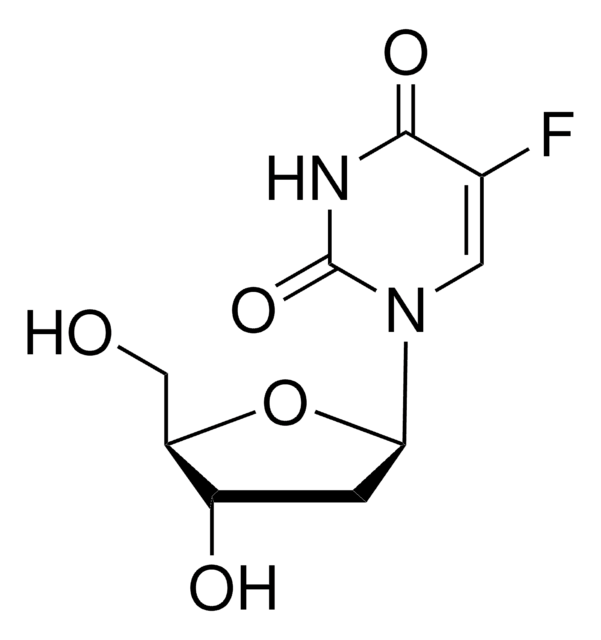13-1930
Hydrochinon
JIS special grade, ≥99.0%
Synonym(e):
1,4-Dihydroxy-benzol, p-Dioxybenzol
About This Item
Empfohlene Produkte
Qualität
JIS special grade
Dampfdichte
3.81 (vs air)
Dampfdruck
1 mmHg ( 132 °C)
Assay
≥99.0%
Form
crystalline
Selbstzündungstemp.
930 °F
Verfügbarkeit
available only in Japan
pH-Wert
3.7 (70 g/L)
bp
285 °C (lit.)
mp (Schmelzpunkt)
172-175 °C (lit.)
Löslichkeit
water: soluble 50 g/L
SMILES String
Oc1ccc(O)cc1
InChI
1S/C6H6O2/c7-5-1-2-6(8)4-3-5/h1-4,7-8H
InChIKey
QIGBRXMKCJKVMJ-UHFFFAOYSA-N
Suchen Sie nach ähnlichen Produkten? Aufrufen Leitfaden zum Produktvergleich
Signalwort
Danger
Gefahreneinstufungen
Acute Tox. 4 Oral - Aquatic Acute 1 - Aquatic Chronic 1 - Carc. 2 - Eye Dam. 1 - Muta. 2 - Skin Sens. 1B
Lagerklassenschlüssel
11 - Combustible Solids
WGK
WGK 3
Flammpunkt (°F)
329.0 °F - closed cup
Flammpunkt (°C)
165 °C - closed cup
Persönliche Schutzausrüstung
Eyeshields, Faceshields, Gloves, type P3 (EN 143) respirator cartridges
Analysenzertifikate (COA)
Suchen Sie nach Analysenzertifikate (COA), indem Sie die Lot-/Chargennummer des Produkts eingeben. Lot- und Chargennummern sind auf dem Produktetikett hinter den Wörtern ‘Lot’ oder ‘Batch’ (Lot oder Charge) zu finden.
Besitzen Sie dieses Produkt bereits?
In der Dokumentenbibliothek finden Sie die Dokumentation zu den Produkten, die Sie kürzlich erworben haben.
Unser Team von Wissenschaftlern verfügt über Erfahrung in allen Forschungsbereichen einschließlich Life Science, Materialwissenschaften, chemischer Synthese, Chromatographie, Analytik und vielen mehr..
Setzen Sie sich mit dem technischen Dienst in Verbindung.







